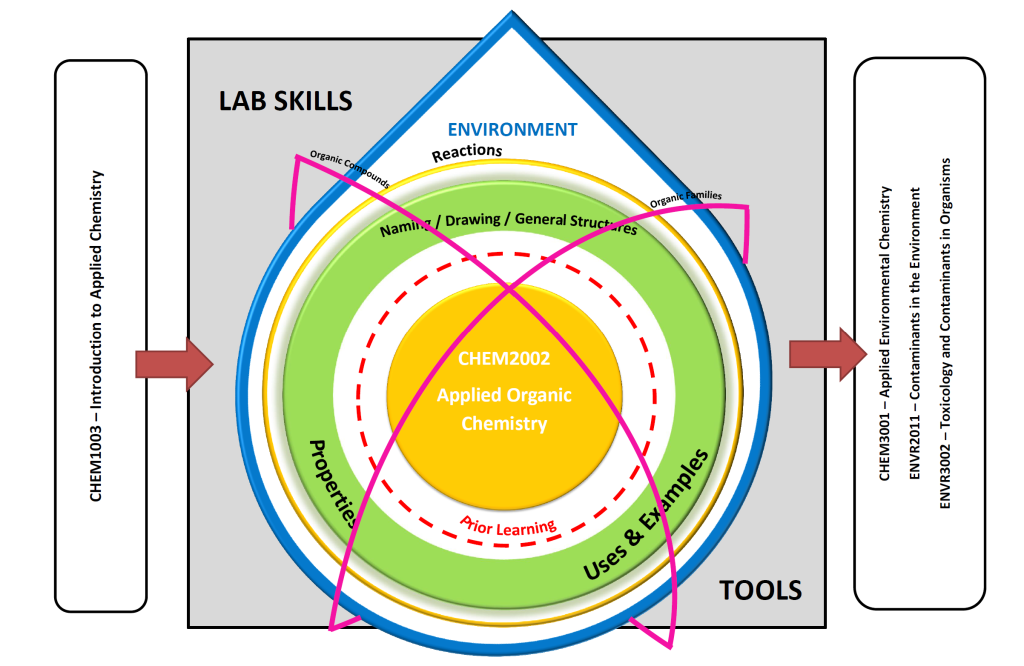Examples of faculty as designers
how are faculty “designers”?
Key competency criteria:
|intentional | innovative | guide / way finder | cultivator|
As designers, we create, revise and redesign our syllabus, teaching and learning activities, assessment strategies, and overall climate of our courses. We might even sit on committees and work with peers in the design of new courses or the revision of already existing courses including outcomes associated with the course.
Check out these examples from Georgian peers that demonstrate how being a designer shows up in their work.
PS. Thanks for sharing your awesome work with us!
Tracy’s Process and Product Assignment Design for Team Projects
The challenge: I found that my student team assignments were often fraught with issues. Team members didn’t work well together and project results were often affected. Not to mention the time dedicated to unraveling she said / he said / they said stories and listening to bickering.
The fix: I incorporated both Process and Product grades into all of my team assignments. Process grades included working together during class time with simple, low risk, formative assignments. Team members had to participate to earn the grades. If they did not, they received no marks.
The win: This redesign strategy helped me demonstrate the importance of working well together, not only creating a good product.
Samantha’s Course “Blow-Up” Redesign
The challenge: I inherited a course that was traditionally structured with repetitive components based around the textbook structure. Essentially, ten different categories were explored in the same manner, one after the other. For students, the learning connections were neither obvious nor relevant.
The fix: Within the safety of Course Design Institute (a CTL workshop), I “blew up” the course plan. Key learning outcomes stayed the same. Topics were reorganized to focus on intra-course connections and real-world relevancies. Textbook references continued to support student studying but no longer chapter-by-chapter.
The win: The realignment of lessons allowed for new content to be added. A new learning outcome looking at broader world relevancy was added. Overall, student feedback improved as their learning growth was more significant. My joy in teaching the course increased multiple fold because students were now engaged, and we had great conversations around key course topics.
View this organic chemistry concept map.

Jarrod’s Task Videos
The challenge: During the covid lockdowns, my most difficult adaptation was the CAD class I was teaching. This course really highlighted the technological disparities (inequities) between students. How can I teach them to use a software in these conditions? What am I supposed to do when I can’t ‘see’ the problem on their screen…?
The fix: I got to thinking – and designing – and came up with small (bite sized) ‘Task’ videos (screencasts of me doing and explaining the ‘Task’), that I would post on YouTube. This allowed students to work at their own pace. I would then use my scheduled ‘class time’ to host a tutorial – to answer questions and solve specific problems.
The win: When we had moved back into the lab (in-person), I saw the power of what I had designed. I stuck with the Task videos, to see if they would ‘work’ in-person as well. It made sense to me – to let students work at their own pace vs. trying to keep up with mine. The students could pause and rewatch a part that wasn’t clear – at any time. This greatly reduced ‘questions’ in the class time and allowed me to provide more of my time to students that were struggling. I still use this concept today.
Watch Task #3 w22 [YouTube] GC Carpentry with Prof Otterman (14:48 min).
Do you have a design example you’d be willing to share? If so, first, thank you so much for acting as a MENTOR for your peers.
Reach out to Faculty Development to share your designing competence with teaching peers.

